We recently sat down with Andrew Simon (IDRF 2015) in order to celebrate and discuss the publication of his new book Media of the Masses: Cassette Culture in Modern Egypt. In the interview, Simon elaborates on some of the book’s central themes from the struggle between public access and the limitations of state-sponsored media control to his focus on studying the “recent past.” The interview also served as an opportunity to hear from Simon regarding his time as a graduate student researcher with the International Dissertation Research Fellowship (IDRF).
 Andrew Simon is a historian of media, popular culture, and the modern Middle East. He was a fellow at the Center for Arabic Study Abroad in Cairo during the 2011 Egyptian Revolution and is a member of the Middle Eastern Studies faculty at Dartmouth College. Andrew’s interdisciplinary research has received generous support from the Social Science Research Council and the American Research Center in Egypt, and his work has been published in the International Journal of Middle East Studies and cited in the Washington Post. His new book, Media of the Masses (Stanford University Press, 2022), shares the extraordinary story of an ordinary technology, exploring how audiocassettes empowered an unprecedented number of people to create culture, circulate information, and challenge ruling regimes long before the internet entered our daily lives. Follow him on Twitter @simongandrew.
Andrew Simon is a historian of media, popular culture, and the modern Middle East. He was a fellow at the Center for Arabic Study Abroad in Cairo during the 2011 Egyptian Revolution and is a member of the Middle Eastern Studies faculty at Dartmouth College. Andrew’s interdisciplinary research has received generous support from the Social Science Research Council and the American Research Center in Egypt, and his work has been published in the International Journal of Middle East Studies and cited in the Washington Post. His new book, Media of the Masses (Stanford University Press, 2022), shares the extraordinary story of an ordinary technology, exploring how audiocassettes empowered an unprecedented number of people to create culture, circulate information, and challenge ruling regimes long before the internet entered our daily lives. Follow him on Twitter @simongandrew.
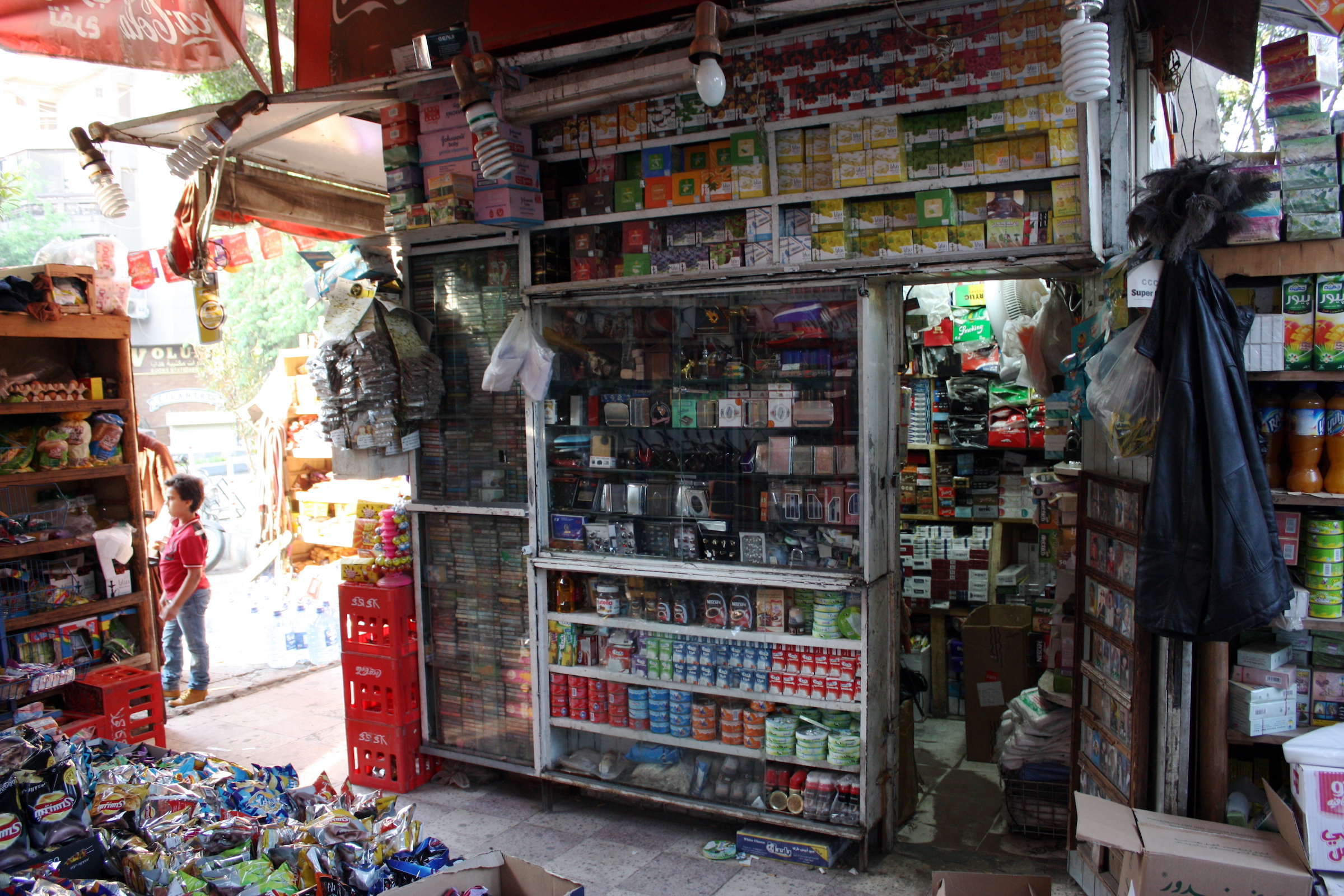
I’m curious about the origin and evolution of your research topic. In the introduction to Media of the Masses, you feature an image of a cassette tape collection at a kiosk in Cairo. Can you speak to the birth of your research? Did observing these cassette tape collections inspire your research topic or were you already aware of this subculture before your time in Egypt?
The inspiration for the book is the 2011 Egyptian Revolution. A week or so after graduating from Duke University in 2010, I flew to Cairo for an intensive Arabic fellowship at the Center for Arabic Study Abroad, which recently relocated to the American University in Cairo’s old campus on the border of Tahrir Square. That fellowship happened to coincide with Egypt’s uprising in 2011, with the square becoming the epicenter of mass demonstrations. It really was walking to and from class, living downtown, and experiencing those protests, first-hand, that directed my attention to sound, its importance, and its power. Hearing revolutionary slogans; listening to poets criticizing the government, corruption, and all these different issues from stages in the square; witnessing the rebirth of older artists—some of whom I feature in the book—and also observing the rise of all these new performers piqued my curiosity when it came to not only what I was seeing but what I was hearing. It was at that point that I thought, “Wow, I want to further explore Egypt’s acoustic culture, not only in the present but also the past.”
After that fellowship, when I returned to the United States for graduate school, I wrote all these papers, as grad students do, on different subjects, from musical genres and particular artists to religious currents. When it came time to work on my dissertation, I realized that the one thing connecting these different endeavors was cassette tapes. So, that’s how I set out to write a history of cassettes in Egypt that became a history of Egypt through the window of cassettes.
In terms of the kiosk, I was living in Cairo for the IDRF, and that curbside stand was right across the street from my apartment building. It was something that I encountered quite early on in my fieldwork, and I was curious about it because there was a display case with thousands of cassettes covered in dust. I went up to the owner of the stand one day and asked him what the deal was with those tapes. What’s the story behind them? That’s how the book opens. He told me, “The age of the cassette is over” and asked why I cared about it. I explained how I was a historian, so I wanted to learn more about when the age of cassettes was happening, how he amassed those tapes, and who were the voices on them. By the very end of my fieldwork, around 2018, I returned to that stand—a scene in the conclusion of the book—and those cassettes had vanished. When I saw that, I thought, “Oh my gosh, this bookends this story in terms of this collection and trying to tell the tale of it.” Similar cassette collections, to be certain, were all over Cairo; at other shops in places like Khan el-Khalili—a major market in Cairo—and at a recording label that had cassettes in a back storeroom that used to be on display. I saw all these collections in these different places and wanted to piece together the story of cassette technology and its social life.
What was your experience meeting these cassette dealers, producers, or even creators in Egypt?
 Conversations with a wide array of Egyptians were essential to this project. I learned so much from them because, when it comes to information on cassettes, a lot of it wasn’t necessarily recorded or didn’t appear in print with the exception of the popular periodicals upon which I rely. The history of Egypt’s cassette culture, likewise, is not a topic that has been thoroughly explored in scholarship—either in English or Arabic—simply because cassettes were an everyday technology that many people don’t think twice about. In Media of the Masses, one of the questions I ask is: How can ordinary things, like cassettes, invite us to reimagine the past?
Conversations with a wide array of Egyptians were essential to this project. I learned so much from them because, when it comes to information on cassettes, a lot of it wasn’t necessarily recorded or didn’t appear in print with the exception of the popular periodicals upon which I rely. The history of Egypt’s cassette culture, likewise, is not a topic that has been thoroughly explored in scholarship—either in English or Arabic—simply because cassettes were an everyday technology that many people don’t think twice about. In Media of the Masses, one of the questions I ask is: How can ordinary things, like cassettes, invite us to reimagine the past?
Several different exchanges stand out to me. One of them took place at this former cassette label that is now an electronics outlet, occupying a single room, in Shubra—a neighborhood in Cairo—where I spoke with a gentleman by the name of Mansur, who told me about the founding of the label, his travels to Saudi Arabia, and coming back to Egypt with thousands of cassettes. A customs official asked Mansur why he returned with so many tapes, which contained everything from Michael Jackson to Bollywood singers, and he said that he wanted to open a cassette label, which he then described to me in detail. Mansur told me, for instance, how he would go to a microbus station and sell tapes for next to nothing to the drivers who would then blast them on their routes all over Cairo and across Egypt. That’s how people would learn of his label and then go and purchase his cassettes. It was this very cheap form of advertising, or even noise pollution, as opposed to television spots, that got the word out. Mansur is someone who I found in print only once, in an article that condemned him and what he was doing as promoting “vulgarity.” Hearing from Mansur about his personal experiences with cassettes really complicated this report in the state-controlled press. I also had the opportunity to speak with someone who was personal friends with Shayk Imam, a performer and political dissident, and they told me about the in-house concerts that Imam would host and their efforts to create an association to celebrate Imam’s legacy. Listening to this second individual’s experiences with Imam and take on the lyrics to certain songs were fascinating and critical to the book.
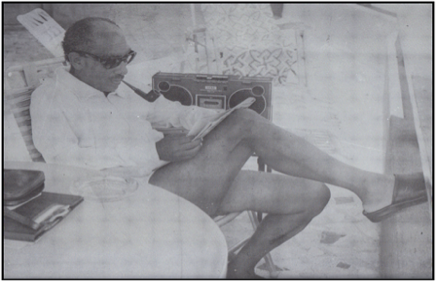
In the book you detail how listening to cassettes was an everyday, everyman activity that people wanted to share with each other—including President Anwar Sadat. But with the access to the public producing cassette tapes, they become a symbol of vulgarity and hold a low-culture status. How do you think this transition paved the way to question “who deserves to make/produce cultural content?” And how is this relevant still today?
One of the arguments I advance in the book is that with cassette technology, for the first time, we have countless people who can create culture, circulate content, and challenge political authorities, religious officials, and cultural gatekeepers. With cassettes, people who were solely cultural consumers become cultural producers. Anyone, irrespective of their age, gender, or location, can suddenly reach a mass audience. One of the things that the discussions of “vulgarity” reveal is a struggle over Egyptian culture, what it is, and who should produce it.
This struggle is not limited to Egypt. It appears elsewhere, in and outside of the Middle East, and raises the question: What is the objective of culture? In the case of Egypt, these debates, I show, go back to at least the 1970s and 1980s with cassettes. For the government, it’s all about how culture is meant to make model citizens. It’s educational! It’s enlightening! And that’s why we see local authorities investing so much in different mechanisms to shape culture during this period: radio screening committees and the censorship office, for example. What also surprised me was a public culture initiative comprising several apparatuses: culture houses, culture clubs, culture palaces, and traveling caravans that all tried to bring “high culture”—state approved culture—to the masses. And then, you have cassettes and their users undermining all of these efforts.
All these singers, especially those making shaʿbi (popular) music, are not striving to enlighten fellow Egyptians. They’re speaking to Egyptians’ lived realities; things that people are dealing with on a daily basis, in a language that they can understand. Those recordings, and cassettes more generally, were so mobile; they could travel anywhere and were affordable and useable. All of these features generated an extreme amount of anxiety on the part of local officials who lost control of culture in this moment and tried to regain it, in part, by recording their own cassettes. This content included presidential speeches and tapes marketed toward children, teaching them basic vocabulary but also concepts like “admiration for the father,” cleanliness, and generosity. But, of course, those cassettes were not catching on to the same extent as these other recordings.
This battle over culture is not a thing of the past. It continues to play out today. Here, one need only consider the recent sentencing of TikTok stars on the grounds of “human trafficking” in Egypt, or the silencing of Mahraganat singers on account of their alleged “vulgarity.” The fact that so many of the discussions today are so similar to conversations 50 years ago led me to wonder: What might we learn by drawing such connections between the past and present? What happens when we place something like the internet in conversation with the cassette?
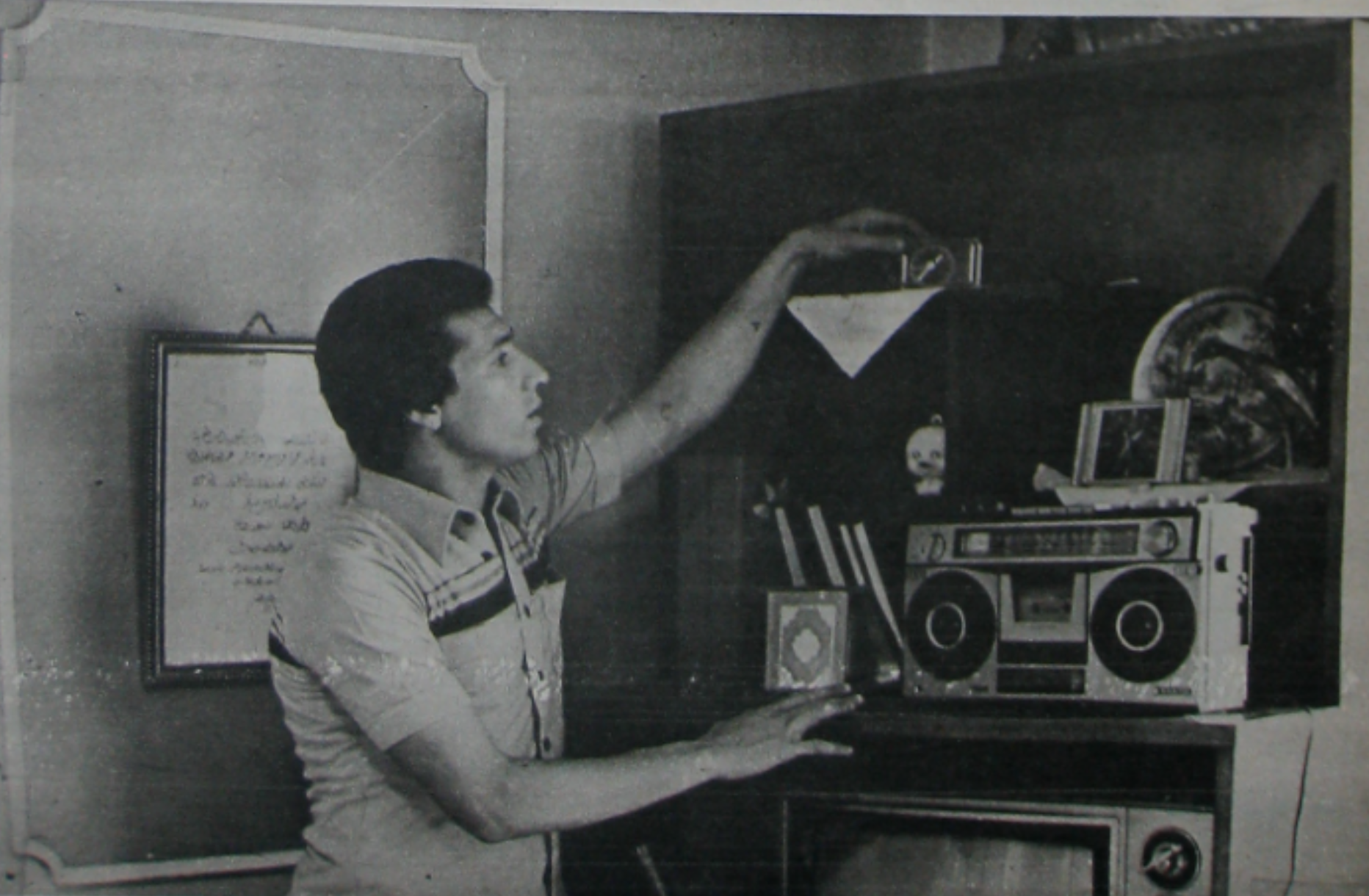
I wanted to touch on your focus on the “recent past” rather than the distant past. What draws you to research the “recent past” and what unique obstacles have you faced?
One of the things that piques my interest in the final few decades of the twentieth century is how this story is often told. In Egypt, this is a momentous time in the country’s modern history, but it frequently functions as an all too brief historical backdrop for discussions of the Arab Spring, which has inspired a lot of scholarship. We hear about the 1970s and 1980s only to the extent that they contextualize the mass uprisings of 2010 and 2011. This tendency perplexed me and pushed me to think about this period as less of a precursor and more as a central subject of study.
If people have written about this era in Egypt’s recent past, they often focus on watershed moments—the 1967 war, the 1973 war, the 1977 bread riots. Or it’s about authoritarianism, the rise of repressive regimes. Or it’s about Islam, the Islamic revival, and the Muslim Brotherhood. Over the course of my research, I saw an opportunity to tell a different story. In Media of the Masses, I set out to shift the attention devoted to all of these things, moving from the momentous to the mundane; from the religious to the profane; from the consolidation of power to its contestation. These interventions were not on my mind from the start.
In terms of challenges, there are many. Before this call, I revisited my SSRC proposal on a laptop that barely works anymore. I saw how I framed this project and how “archives” played almost no part. In my proposal, I envisioned this research contributing more to the study of national identity than anything else because I was reading a lot of work on it at the time. But archives are something that came to be a central concern. There are a couple of reasons why. One of them is that I read this thought-provoking book by Kirsten Weld called Paper Cadavers,1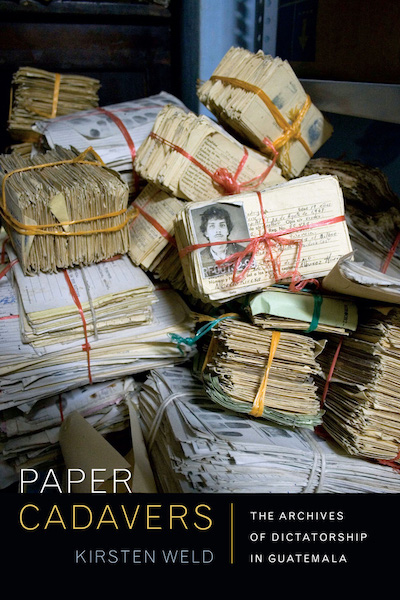 Durham, NC: Duke University Press, 2014More Info → about Guatemala’s secret police archives. Weld, along with Ann Laura Stoler in her book Along the Archival Grain,2
Durham, NC: Duke University Press, 2014More Info → about Guatemala’s secret police archives. Weld, along with Ann Laura Stoler in her book Along the Archival Grain,2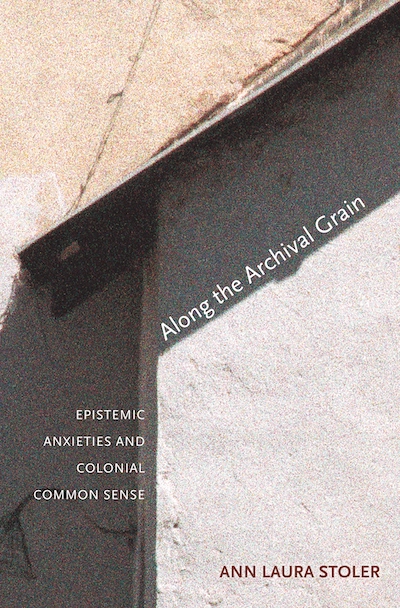 Princeton, NJ: Princeton University Press, 2008More Info → talk about treating archives as a subject of study rather than as something we confine to footnotes. In many histories of the Middle East, I started to notice how archives often surface in a paragraph or two in the introduction—“I accessed this and this and went to this archive and did this”—but they’re not something we tend to think about critically or creatively. Such an approach is all the more important in Middle East studies because so often the focus is on obstacles: the inability to secure research clearances, the inaccessibility of state collections, the conflation of historical research and “national security.” But what are the opportunities inspired by these obstacles? How can we write the history of a nation without its national archives? How can we expand the methodological horizons of a field of study? With these questions in mind, I introduce this idea of “Egypt’s shadow archive,” where all of these different types of materials—visual, acoustic, textual—exist outside of the Egyptian national archives and enable us to challenge the attempts of local authorities to monopolize the past in the present.
Princeton, NJ: Princeton University Press, 2008More Info → talk about treating archives as a subject of study rather than as something we confine to footnotes. In many histories of the Middle East, I started to notice how archives often surface in a paragraph or two in the introduction—“I accessed this and this and went to this archive and did this”—but they’re not something we tend to think about critically or creatively. Such an approach is all the more important in Middle East studies because so often the focus is on obstacles: the inability to secure research clearances, the inaccessibility of state collections, the conflation of historical research and “national security.” But what are the opportunities inspired by these obstacles? How can we write the history of a nation without its national archives? How can we expand the methodological horizons of a field of study? With these questions in mind, I introduce this idea of “Egypt’s shadow archive,” where all of these different types of materials—visual, acoustic, textual—exist outside of the Egyptian national archives and enable us to challenge the attempts of local authorities to monopolize the past in the present.
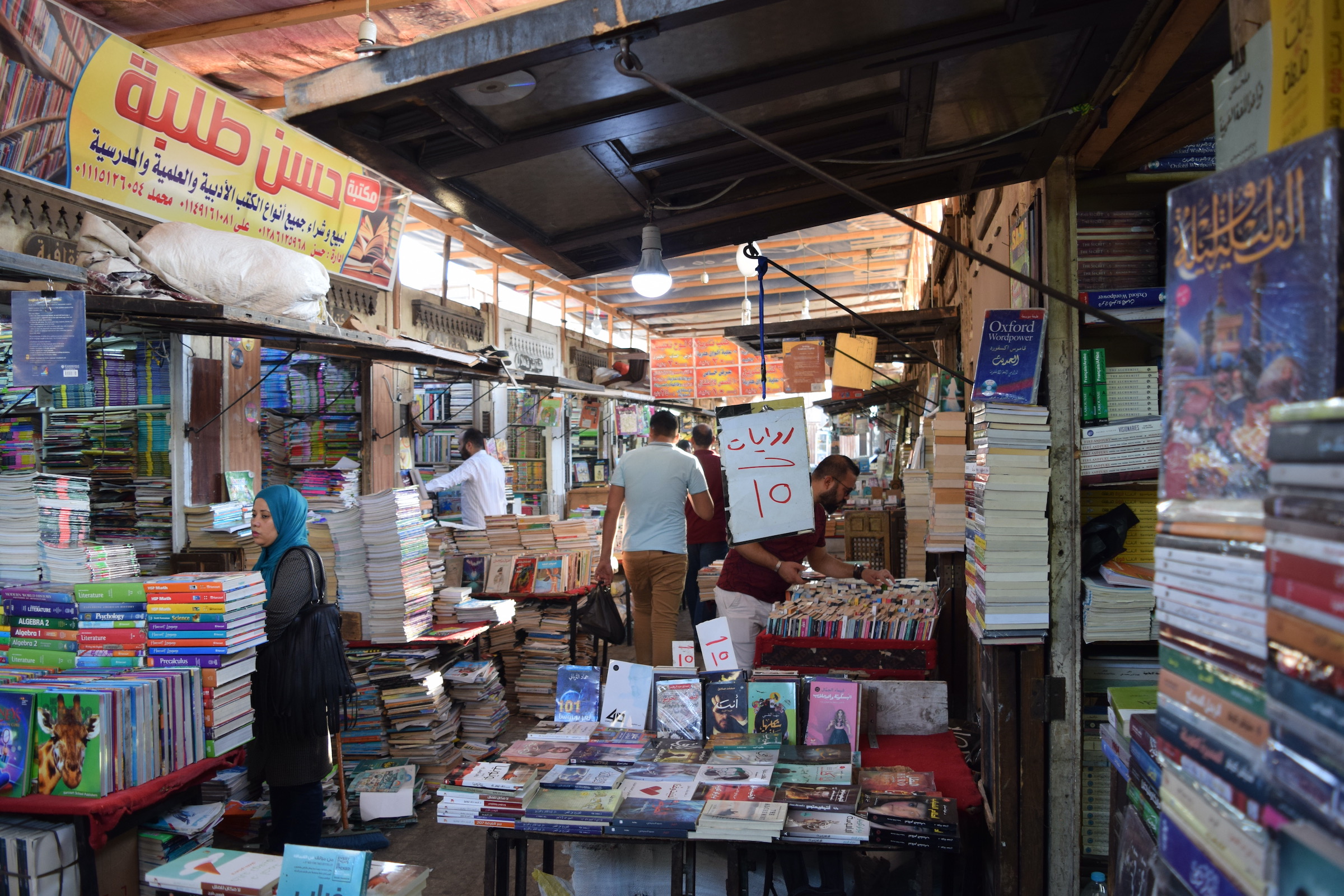
On the topic of your IDRF research and your experience since then, what advice do you have for our last cohort of IDRF fellows when it comes to researching creatively and finding these alternatives to national archives?
First of all, I’m sad that this will be the last cohort. This fellowship was so pivotal to this project, for me, and for so many other people. It affords the opportunity to conduct truly immersive fieldwork and provides the protected time to write and revisit things. The fellowship created such a sense of community, as well. I still remember the workshop, out in Seattle, and meeting so many other scholars who were boldly crossing disciplinary boundaries and working in different geographies. I still recall this exercise we did where we had to describe our project in 30–60 seconds. That was the book pitch I used with Stanford University Press.
In terms of advice, I would say flexibility. Be willing to adapt to different scenarios during your fieldwork and to follow the materials and the stories they’re telling you. At the start of this project, I thought I was going to write a more conventional history of the cassette. Through reading popular Egyptian periodicals and seeing cassettes in ads for the “modern home,” in photographs with purported criminals, and in other unexpected places, I realized that this could be a history of Egypt. That’s something I discovered in the course of my IDRF fieldwork that I would not have known otherwise. Flexibility, not starting with preconceived notions about a topic but exploring all the unanticipated directions your fieldwork takes. Also, immersing oneself in the community in which you’re based or to which you’re headed. Not only taking from that community but giving back to it. Engaging local organizations and offering feedback on the work of others. For me, that was not only AUC but places like the Netherlands-Flemish Institute in Cairo. These entities are already doing groundbreaking work when it comes to cultural history and Egypt’s recent past. Lastly, making the most of your time abroad and absorbing everything around you because you’ll have time to process things later. When I was in Egypt I never said “no” to going on an excursion, meeting up with old friends, making new ones, or going to street markets. There will be time to write when you are not actively conducting research.
What are your research plans moving forward?
There are a few things on my radar at the moment. One of them is securing an Arabic translation for Media of the Masses, a dream of mine for some time now. I wrote this book with a wide audience in mind and would love for it be read in Egypt and across the Middle East, where so many people still remember this dynamic time and many of the artists I introduce.
Later this year, I will also begin to make my private collection of cassettes public in a digital archive that will cater to not only students of Arabic and scholars of the Middle East, but also anyone interested in music or media. The recordings surfacing on this platform will range widely, from amateur mixtapes to professional productions and from pop singers to popular preachers.
Finally, I am writing a biography of Shayk Imam, a blind performer and political dissident who takes center stage in chapter 5 of the book. I’m thinking about what Imam’s life and legacy can teach us about the Middle East, the power of popular culture, and national narratives.
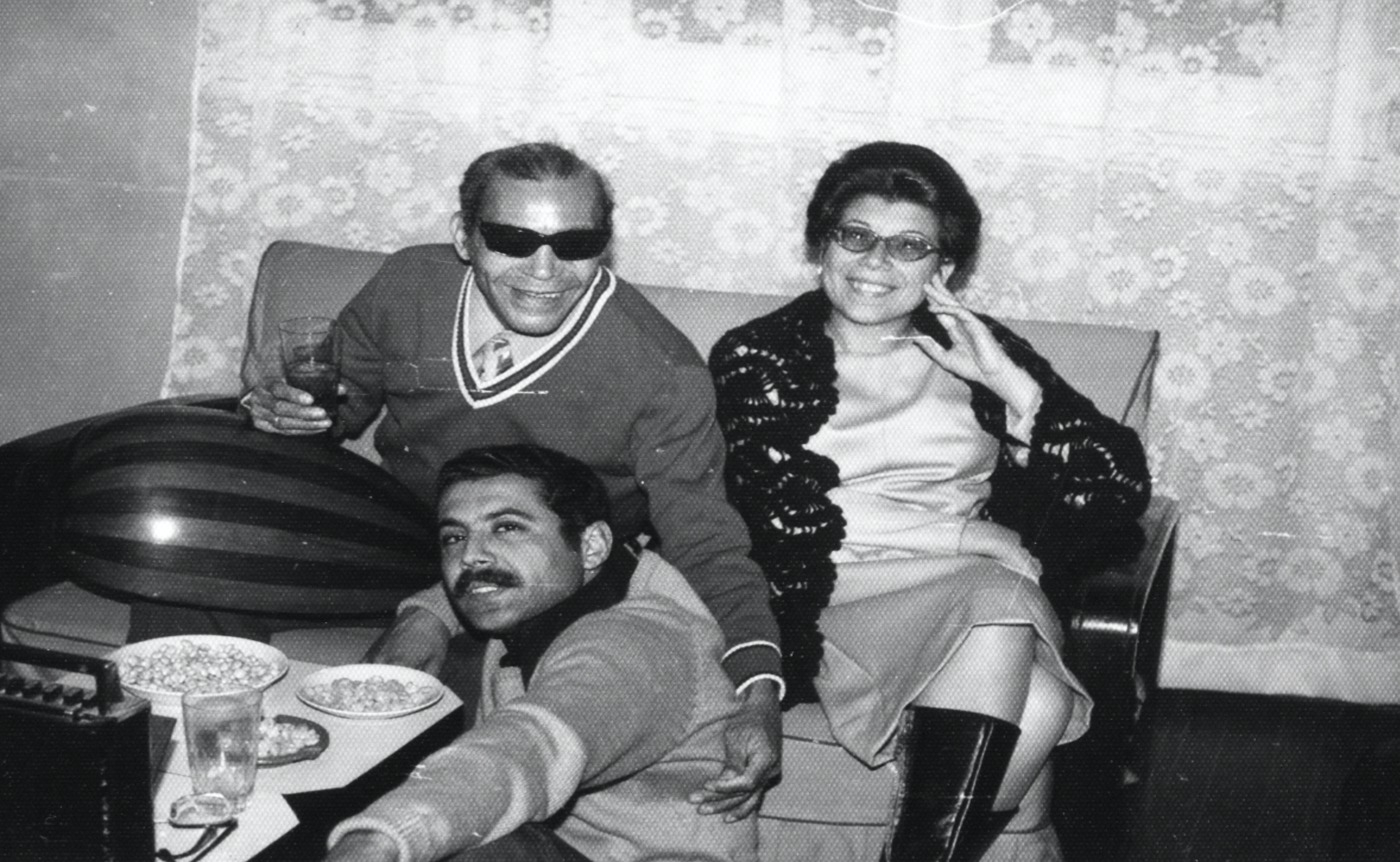
I love the idea of digitizing your personal collection. It goes back to what you said about giving back to the community rather than solely consuming.
Absolutely, and another thing to add here, too, is that we often assume that historical recordings are now all available on platforms like Spotify or Soundcloud. But a lot of the voices on cassettes did not necessarily make the leap online; they circulated only on tapes. So, digitizing these recordings will enable them to reach a wider audience beyond the moment in which they first sounded and promises to expand the boundaries of what we consider to be Egyptian culture.
This conversation has been edited for clarity and length.
Banner photo: An audiotape starring Shaykh ʿAntar. Photo by the author.













